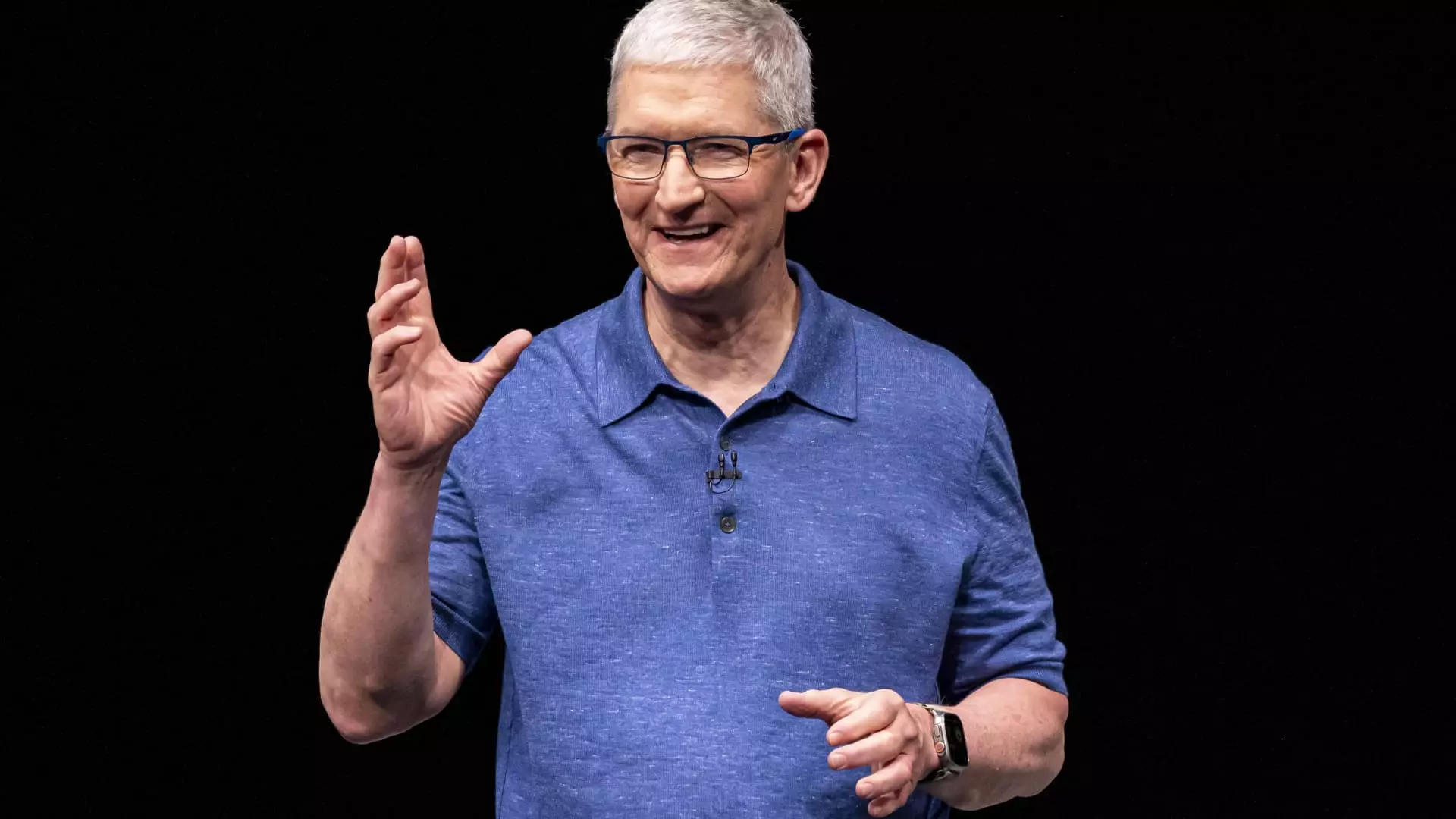Apple has long been a player in the technology arena, continually pushing boundaries to remain at the forefront of innovation. On a recent Wednesday, the tech giant made waves with the announcement of its updated MacBook Pro laptops, showcasing a series of enhancements, including upgraded processing capabilities with the introduction of the M4 chip. As 2023 draws to a close, this announcement may very well be the last significant hardware roll-out from Apple for the year.
One of the most notable highlights of the new MacBook Pro lineup is the integration of Apple’s M4 chip. This processor is not merely an incremental upgrade; Apple asserts that it provides a performance boost that is 1.8 times faster than its predecessor, the M1 chip, which fueled the company’s previous-generation MacBook Pro in 2021. Alongside the standard M4, Apple is also offering the M4 Pro and M4 Max, which promise even more robust capabilities for professional users requiring heightened performance for demanding tasks.
The incorporation of the M4 chip is timely, as Apple gears its devices for a future heavily reliant on artificial intelligence capabilities. The latest models are designed to optimize the use of Apple Intelligence, a newly developed AI system poised to revolutionize how users interact with their devices through text generation, artistic image creation, and emoji synthesis. In an era where AI applications are rapidly evolving, Apple’s emphasis on these features signifies its commitment to capturing this growing market.
Memory Matters: A Step Up in RAM
In a strategic shift, Apple has standardized the RAM on its MacBook Pro models to at least 16GB— this is a remarkable upgrade from the previous base level of 8GB found in many lower-tier models. This change is foundational, as it enhances the machines’ capability to handle more complex AI-related tasks and run larger applications seamlessly. Apple’s decision to raise the RAM ceiling marks a departure from conventional settings, aligning with the demands of modern software that increasingly leans into artificial intelligence functionalities.
Beyond the MacBook Pro, the same upgrade in RAM is extended to the MacBook Air and iMac, all maintaining a starting price point of $999. It’s a concerted effort by Apple to streamline its product offerings and ensure that customers receive enhanced value without exploding price tags, maintaining affordability while still promoting cutting-edge technology.
Back to Ports: The Evolution of Design
The latest iteration of the MacBook Pro continues the design philosophy that was successfully implemented in the 2021 redesign. It features thicker profiles that accommodate various essential ports, including an HDMI connection for easy compatibility with TVs and projectors. This reversion to traditional ports—a departure from the minimalist designs that dominated previous models—has been welcomed by users who prefer a more versatile connectivity experience.
This design choice illustrates Apple’s responsiveness to consumer feedback, bridging the gap between modern aesthetics and functional requirements. The balance between looks and practicality not only enhances user experience but also positions Apple as a brand that listens to its customer base.
Apple retains a substantial foothold in the computing market, even if it tends to play second fiddle in terms of revenue compared to its flagship products like the iPhone or wearables. Despite being a smaller segment of Apple’s overall business, the Mac lineup remains a crucial part of the ecosystem. The utility of Macs in app development for iPhones and other devices underscores their importance to Apple’s broader operations.
In the quarter ending in June, the Mac family generated approximately $7 billion in sales, reflecting a modest growth of about 2% year-over-year. This financial positioning begs the question of how the upcoming results—which Apple is set to announce soon—will play out, especially following this product launch.
With prices starting at $1,599 for the 14-inch MacBook Pro and reaching $2,499 for the larger 16-inch model, these laptops will hit the shelves on November 8, marking a significant addition to Apple’s offerings. The potential of 24-hour battery life and upgraded camera features for video conferencing elevate the overall appeal of these devices, particularly in today’s remote work-centric world.
The new MacBook Pro series reflects Apple’s strategic direction of integrating robust processing capabilities with increased RAM, all while preparing users for a future entwined with artificial intelligence. As the next chapter unfolds, the anticipation surrounding these devices remains palpable, not only for Apple enthusiasts but for the tech industry as a whole.

